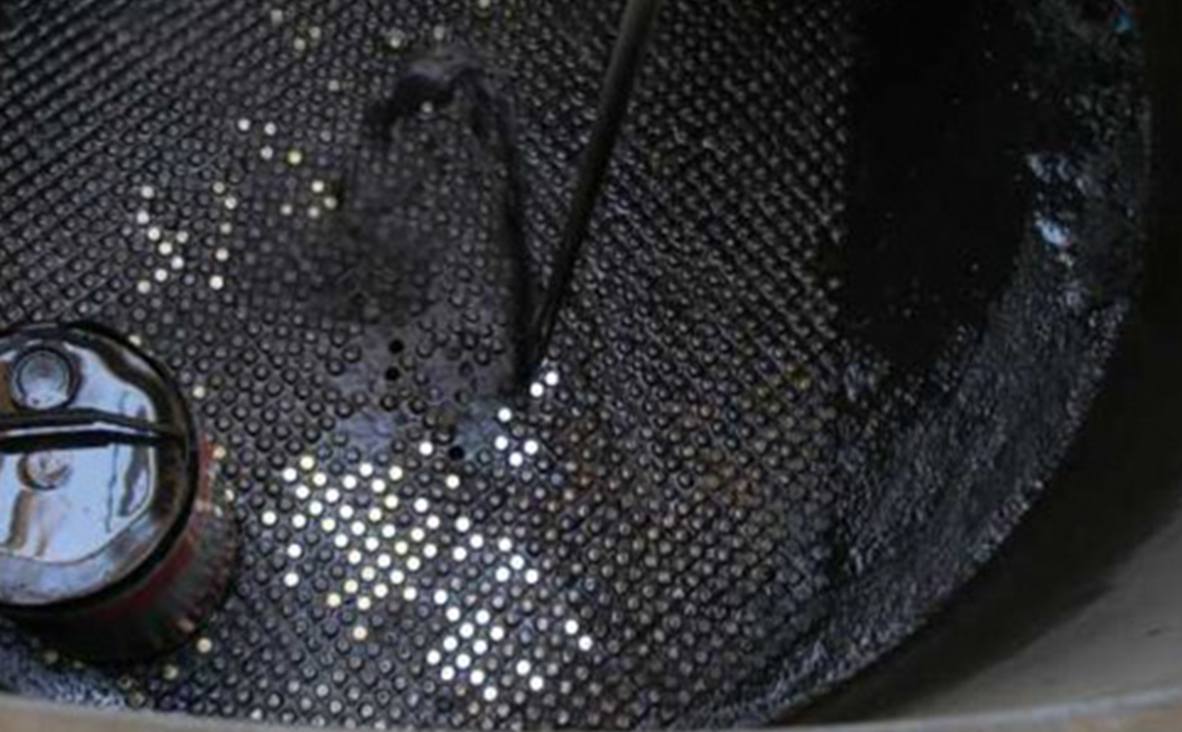Arabian VCFEs cleaned despite wide variety of deposits
Flow through two vertical combined feed exchangers (VCFEs/Texas Towers) at a middle eastern refinery of one of the world’s largest Arabian oil companies had become severely restricted. Just how restricted became apparent when TubeTech’s cleaning teams started working on them. Original estimates of 400 to 600 tubes blocked out of 6,000 x 21M long x 14mm bore, vertical tubes, turned out to be 3,000 tubes. In five days of gruelling conditions, TubeTech™ successfully cleaned every tube in the two VCFEs to inspection standard, except for just three that were blocked by metallic debris, thought to be fragments of jetting lances and nozzles left behind by previous contractors.


